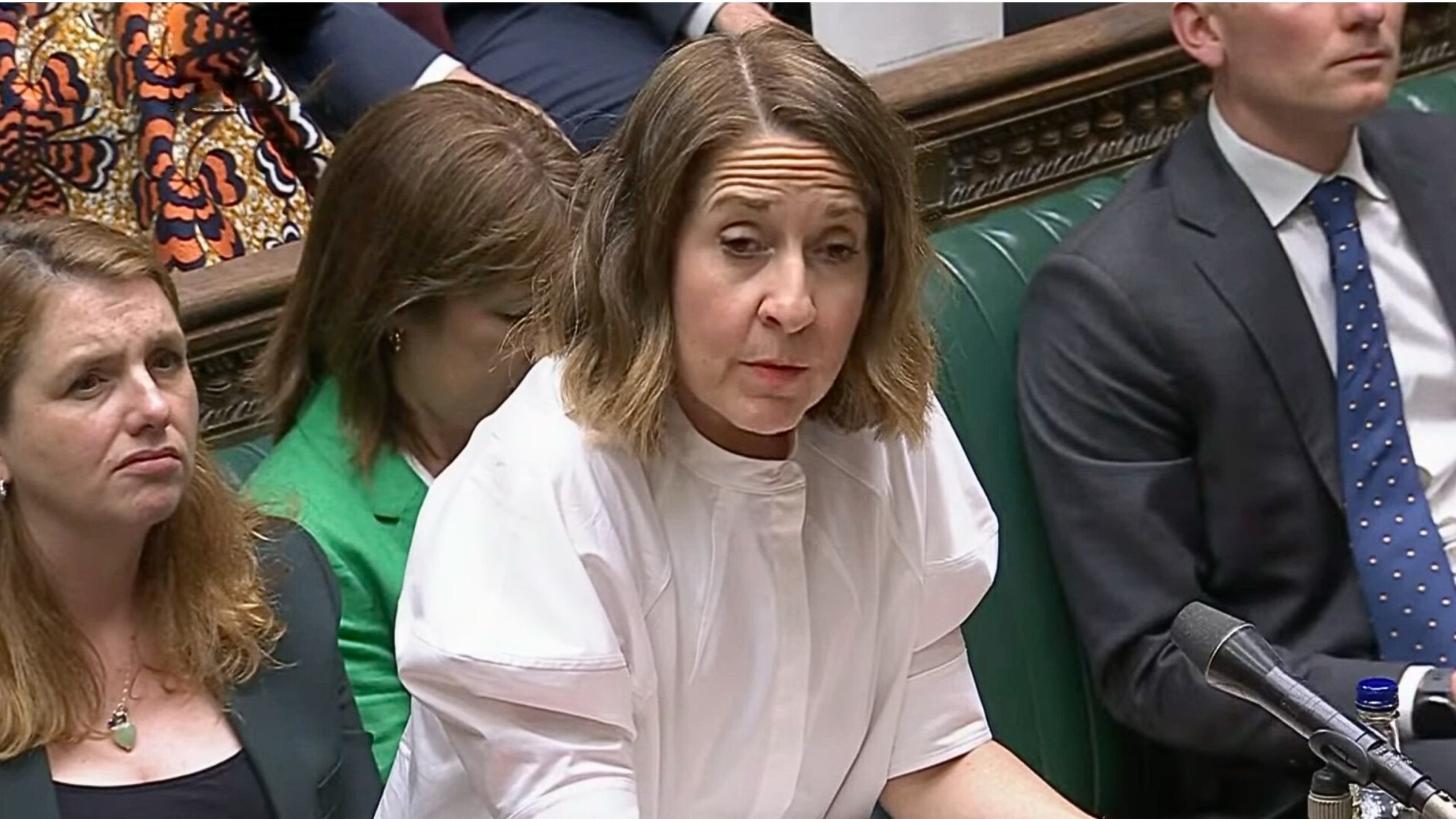Mary Schiavo warns Air India crash may involve Boeing 787’s software-triggered engine thrust rollback malfunction.
NEW DELHI: In a wide-ranging exclusive conversation with The Sunday Guardian, Mary Schiavo—who served as Inspector General of the United States Department of Transportation and is now a veteran aviation attorney with Motley Rice, one of the largest and most prominent plaintiffs’ law firms in the United States—raised serious concerns that the crash of Air India Flight AI-171 may have been caused by a computer-triggered engine thrust rollback, similar to a known software malfunction in Boeing 787 aircraft previously investigated by the U.S. National Transportation Safety Board (NTSB).
Her experience with major, complex aviation litigation includes more than 50 cases on behalf of the family members of the passengers and crew of all the planes hijacked on September 11, 2001. Under Schiavo’s direction, the agency investigated air safety, crimes, and disasters; secured more than 1,000 criminal convictions; and exposed billions of dollars of fraud, waste, and abuse of taxpayer money. She testified before Congress multiple times on transportation safety, security, budgeting, and infrastructure.
Drawing on decades of aviation litigation experience, including major crash probes around the world, Schiavo warned of the risks of Boeing’s involvement in its own investigations and offered specific recommendations for India’s Directorate General of Civil Aviation (DGCA).
Excerpts:
Q: Can you please elaborate on which Boeing 787 systems are known to rely on computer inputs to determine whether the aircraft is airborne or on the ground, and how a misclassification could affect engine thrust in-flight?
A: There are several systems that rely on these and similar computer inputs, but in this case, I suspect the Thrust Control Malfunction Accommodation (TCMA), which is a Federal Aviation Administration-required addition to the 787 aircraft model. The computer senses when the aircraft is on the ground and when the throttles are supposed to be at idle. The TCMA will instruct the Full Authority Digital Engine Control (FADEC), which controls all aspects of an aircraft engine’s performance. The FADEC automatically (and can do so without pilot input) adjusts engine settings to optimise performance.
Q: In the 2019 incident involving Japan’s Air Nippon Airways (ANA) you referenced, what was the root cause of the dual engine rollback, and was it formally acknowledged as a software design flaw by Boeing or regulators?
A: Yes, as described above, there was an investigation by the U.S. NTSB, and corrective action was ordered on 787s.
Q: Based on your review of similar cases, would a computer-triggered thrust reduction event leave distinct signatures in the flight data recorder that investigators should be looking for in the AI-171 Ahmedabad case?
A: Yes, TCMA and/or FADEC commands will be recorded on the flight data recorder.
Q: Do you see parallels in how Boeing handled disclosure and remediation of the MCAS issue (which the U.S. DOJ found they tried to hide) and how they may have approached software-based risks in the 787 fleet?
A: There may be a parallel. After the 2019 ANA incident, warnings and requirements for inspection and repair were issued. However, the world’s attention was on the 737 MAX 8 MCAS disasters. While that is no excuse, those Boeing inspections and repair protocols should have been thorough and sufficiently robust to eliminate the problem (and most likely under warranty). All 787s should have been inspected and the repair and software updates completed. Inspection and repairs as instructed by Boeing would have been up to each operator and maintenance operation to ensure completion.
Q: As someone who has litigated multiple international crash investigations, what steps should India’s DGCA, and the AI-171 investigation team prioritise to ensure independent verification of potential software failure—especially if Boeing is involved in the probe?
A: The investigators need to carefully review the aircraft maintenance and repair records, thoroughly examine what the NTSB 787 investigation revealed, investigate what data and records they had from Boeing, and equally important, explore what they did not previously receive or review from Boeing. Furthermore, this aircraft model had the ability to send health data to both Boeing and the airline. Did the airline and/or Boeing have any of this data for this aircraft? If so, what was done with it, and did anyone pay attention?
Q: What can the affected family members do as they wait for answers on the official findings of the crash?
A: Families can ask for frequent updates and to be informed about the investigators’ progress. Family pressure helps prevent investigators from relying too much on Boeing, which is a real problem in accident investigations because Boeing is a party to the investigation, but the families are not.
.png)




